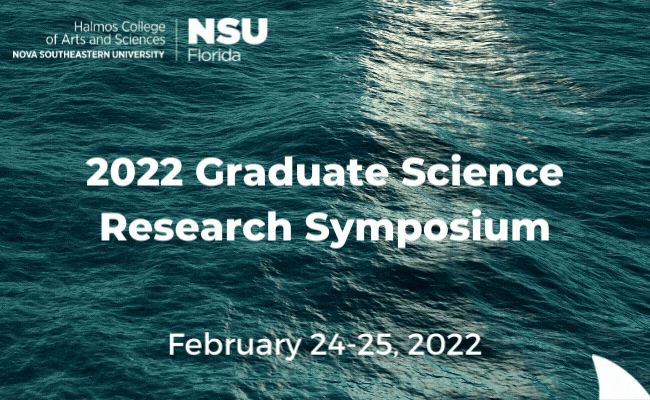The SCTLD Resistance Research Consortium
Start
2-25-2022 9:45 AM
End
2-25-2022 10:00 AM
Type of Presentation
Oral Presentation
Abstract
Stony Coral Tissue Loss Disease (SCTLD) has devastated most of the coral populations along Florida’s Coral Reef over the last five years. Its unique trait of affecting many species at varying infection and virulence rates remains perplexing. A number of species are known as highly susceptible because they typically get the disease first and are decimated quickly. The other less susceptible species (Orbicella spp., Montastraea cavernosa) appear more resistant to infection because they can persist amongst other diseased corals for years before signs of infection. Once infection signs appear, lesions may rapidly kill a coral, persist slowly for a long time, or in some cases disappear, which begs the question: why are some conspecific individuals more susceptible to the disease and others more resistant?
Large (>2m diameter) Orbicella faveolata colonies in Florida waters have been prioritized for intensive disease intervention efforts to stop SCTLD. These successful disease intervention treatments have kept diseased reef-building corals alive providing a unique opportunity to test intraspecific differences between groups of corals with differing infection patterns. Some corals get infected once, some are reinfected numerous times, and some not at all. Our goal is to understand the genetic, biochemical, and physiological underpinnings in the holobiont of individuals between infection categories to characterize risk factors that are driving differences in SCTLD infection rates. These findings are needed to understand the resistance and susceptibility factors of corals to SCTLD.
This study will provide a fundamental understanding of O. faveolata holobiont at gross morphologic, genetic, biochemical and molecular scales at three time points. It will identify differences in endosymbionts, genotypes, metabolites, microbes, biological pathways, relate metabolites to antimicrobial bioactivity, immune response, and histopathological differences. These differences will provide direction of future research to identify SCTLD, why some corals are more resistant, and indicators for further treatment development and inform restoration strategies.
The SCTLD Resistance Research Consortium
Stony Coral Tissue Loss Disease (SCTLD) has devastated most of the coral populations along Florida’s Coral Reef over the last five years. Its unique trait of affecting many species at varying infection and virulence rates remains perplexing. A number of species are known as highly susceptible because they typically get the disease first and are decimated quickly. The other less susceptible species (Orbicella spp., Montastraea cavernosa) appear more resistant to infection because they can persist amongst other diseased corals for years before signs of infection. Once infection signs appear, lesions may rapidly kill a coral, persist slowly for a long time, or in some cases disappear, which begs the question: why are some conspecific individuals more susceptible to the disease and others more resistant?
Large (>2m diameter) Orbicella faveolata colonies in Florida waters have been prioritized for intensive disease intervention efforts to stop SCTLD. These successful disease intervention treatments have kept diseased reef-building corals alive providing a unique opportunity to test intraspecific differences between groups of corals with differing infection patterns. Some corals get infected once, some are reinfected numerous times, and some not at all. Our goal is to understand the genetic, biochemical, and physiological underpinnings in the holobiont of individuals between infection categories to characterize risk factors that are driving differences in SCTLD infection rates. These findings are needed to understand the resistance and susceptibility factors of corals to SCTLD.
This study will provide a fundamental understanding of O. faveolata holobiont at gross morphologic, genetic, biochemical and molecular scales at three time points. It will identify differences in endosymbionts, genotypes, metabolites, microbes, biological pathways, relate metabolites to antimicrobial bioactivity, immune response, and histopathological differences. These differences will provide direction of future research to identify SCTLD, why some corals are more resistant, and indicators for further treatment development and inform restoration strategies.


